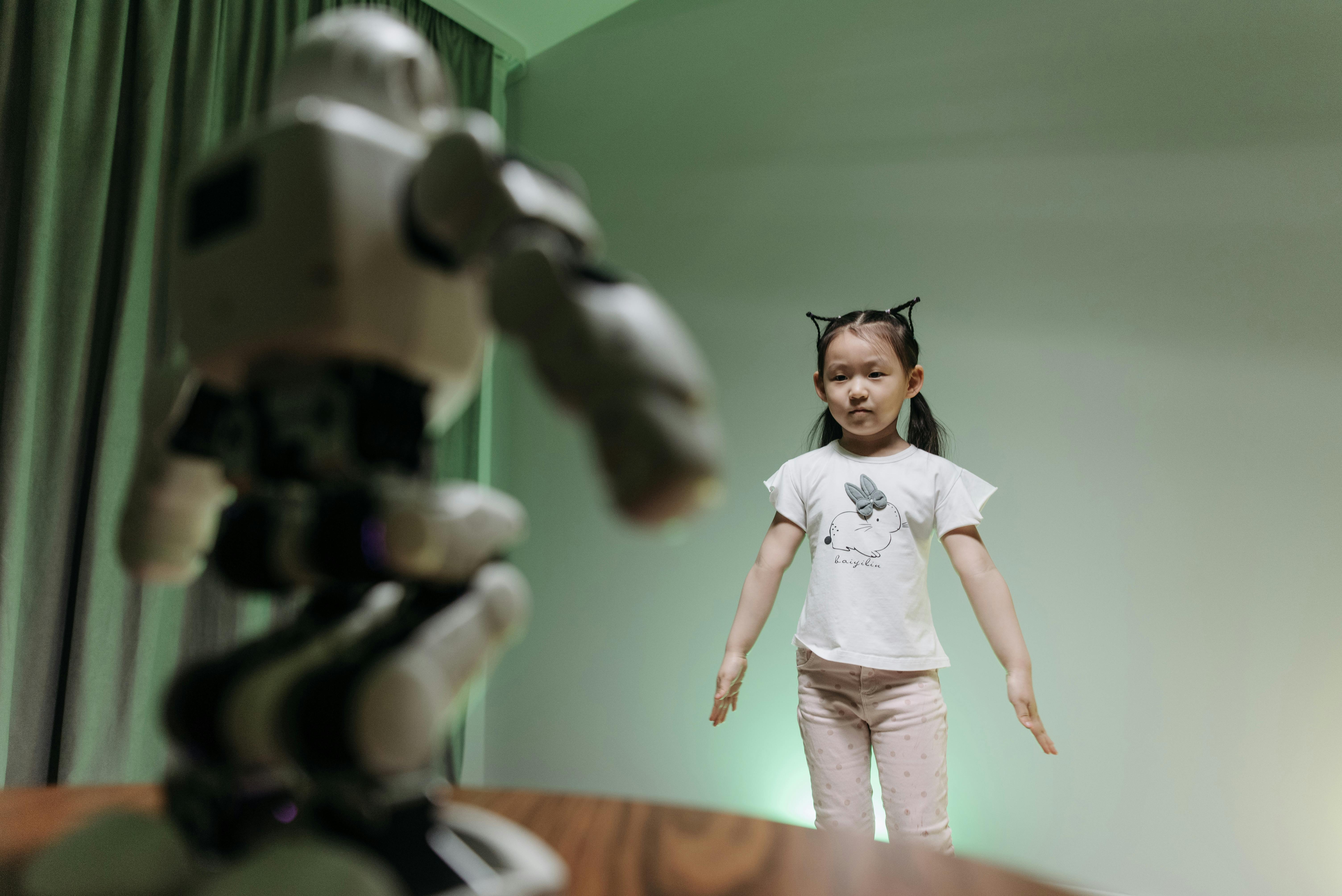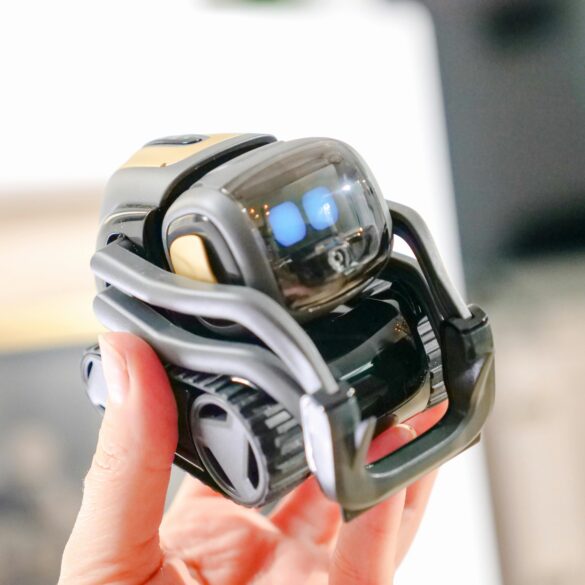Japan AI Strategies: Enterprise Machine Learning Optimization That Works
What happens when a culture renowned for precision, efficiency, and long-term planning meets the exponential pace of artificial intelligence development? That’s a question I’ve heard tossed around in board rooms from Tokyo to Silicon Valley, especially over the last three years as tech leaders scramble to not only keep up, but actively shape the global enterprise AI landscape. Japan isn’t often the loudest voice in global tech hype cycles—Silicon Valley tends to hog the spotlight—but my consistent experience is that Japanese organizations quietly set the gold standard for enterprise AI adoption and machine learning optimization. Want the real playbook? In this post, I’ll share Japan’s proven, research-backed strategies, blending industry interviews, government data, and my own professional take. I’ve worked with AI transformation teams for more than a decade, and I’m still learning from Japan’s meticulous, iterative approach. Let’s dig in—with zero pretense, just the actual methods that work, and the real lessons global businesses can use.
Why Japan Excels at AI Adoption
Truth is, you can’t discuss enterprise-grade AI adoption without respect for what’s happening in Japan. I remember my first trip to Osaka in 2016—back when “AI” mostly meant rule-based chatbots in Western companies. Meanwhile, Japanese manufacturers were already implementing machine learning for predictive maintenance, real-time supply chain optimization, and robotics-driven quality control1. These weren’t experiments; they were system-critical processes. What really strikes me is how quietly and confidently these transformations happened: little noise, heaps of results. The Tokyo government even pushed dedicated public/private partnerships to enable cross-industry collaboration2.
Ever wonder why Japanese enterprises seem to “get” AI so much faster? It’s not just tech—it’s culture, policy, and discipline.
- Systematic long-term planning over quick fixes.
- Government-backed frameworks for ethical AI experiments.
- Relentless focus on precision (even at the cost of speed).
- Holistic partnerships between tech, manufacturing, and academia.
Case in point: Japan led the way in developing AI safety standards after a series of high-profile robotics incidents in 2017—a move that forced competitors globally to re-evaluate their own methods3.
Foundational Principles: Culture, Policy, and Precision
Let me step back for a moment. If you’re just diving into enterprise AI, it’s tempting to hunt for the “best algorithm” or the latest cloud platform. In Japan, the first step is very different: start with culture and policy alignment. Based on recent government white papers4, Japanese organizations focus on three pillars well before coding begins:
- Human-centered design (HCD): Every AI project starts with stakeholder interviews, not system specs. It’s routine to see cross-functional meetings that include factory workers, managers, and AI engineers.
- Regulatory compliance: By and large, Japanese companies ensure full GDPR and national Personal Information Protection Law alignment before deploying any enterprise machine learning tool.
- Iterative Kaizen: Borrowed from manufacturing, the “continuous improvement” method means ML systems are optimized weekly, not quarterly. Upgrades happen with every measurable result, sometimes overnight.
Actually, let me clarify that last point. “Kaizen” isn’t just a buzzword—my experience is that teams meet for 20-minute improvement check-ins daily, tweaking parameters, retraining models, and adapting labeling procedures with real user feedback. This relentless rhythm is part of why Japanese AI sometimes looks almost invisible—it’s always improving in the background.
Enterprise Best Practices: The Japanese Approach
Years ago, I sat with a Tokyo-based logistics CTO who told me, “The secret to Japanese machine learning is excessive upfront mapping. No one moves until process flows, data streams, and failure modes are diagrammed from ten different angles.” I won’t lie—at first, I thought it sounded slow. But now, having implemented ERP-integrated AI in several regions, I’ve realized it’s actually much faster in the long run (fewer surprises, more stability).
Here’s what I’ve learned to expect from the best Japanese enterprises:
- End-to-end process mapping before any AI deployment.
- Transparent model explainability—every stakeholder understands why the algorithm does what it does.
- Consistent cross-team training: Engineers, managers, and line workers receive ongoing education (often monthly workshops).
- Zero tolerance for “black box” systems—a full audit trail is table stakes.
What puzzles me sometimes is how Western organizations still chase quick ML wins without comprehensive internal buy-in. In Japan, consensus-building trumps speed, much to their competitive advantage5.
Let that sink in. Total enterprise engagement delivers results Western firms rarely match. For example, major banks run two parallel ML models side-by-side for a year, reporting both to regulators, before making a full transition6.
Case Studies: Manufacturing, Finance, Healthcare
Let’s get into real examples—these aren’t theory. Each case is absolutely crucial for understanding how Japan keeps delivering.
- Mitsubishi Heavy Industries uses machine learning for real-time turbine maintenance, reducing downtime by 35%. AI engineers meet weekly with operators to interpret anomaly detection patterns and tweak response thresholds7.
- Nomura Financial leverages ML-powered fraud detection that updates countermeasures daily based on evolving patterns. Regulatory teams receive nightly model performance reports.
- Fujitsu’s AI medical imaging platform cut diagnostic error rates in public hospitals by 18%—and every incremental improvement, however minor, is tracked and fed back to the model training team8.
| Enterprise | Sektor | AI Use Case | Auswirkungen |
|---|---|---|---|
| Mitsubishi Heavy Industries | Herstellung | Predictive Maintenance | Downtime ↓ 35% |
| Nomura Financial | Finanzen | Fraud Detection | Risk ↓ (daily updates) |
| Fujitsu Medical | Gesundheitspflege | Diagnostic Imaging | Error ↓ 18% |
I’ll be completely honest—this level of incremental transparency sometimes looks exhausting, but the proof is absolutely there. Japanese enterprises show that AI optimization really happens at the margins—not the headline results, but the dozens of little tweaks each month.
What Global Enterprises Get Wrong (and How Japan Fixes It)
Let me step back. More or less, global AI efforts often stumble on a few predictable slip-ups. These are mistakes I’ve personally made (and regretted):
- Siloed data teams: ML engineers don’t communicate with business stakeholders, leading to failed deployments.
- Poor documentation: Vital processes get lost when key staff turn over.
- One-shot optimizations: After initial deployment, enterprises rarely revisit their ML models systematically.
Here’s the thing though: Japan famously over-documents and over-communicates… but that’s precisely the best guard against expensive mistakes. Recently, a colleague at Rakuten described their “checklist culture”—every workflow, every retraining event, is written down, shared, and debated, week after week.9
Sound familiar? Anyone who’s ever led an enterprise AI transformation has probably felt overwhelmed by complexity. Lean into it. Adopt Japanese-style documentation standards and consensus-building.

Future Trends: Japan’s AI Roadmap for 2025 & Beyond
Looking ahead, what excites me most about Japan’s AI trajectory is how deliberately they approach next-gen machine learning. Conference conversations in Tokyo, especially post-pandemic, consistently highlight three growing priorities10:
- Edge AI: More computation moves to devices at the physical edge—robots, sensors, and vehicles—rather than relying exclusively on cloud processing.
- Explainable AI (XAI): Full algorithmic transparency becomes mandatory—especially in finance and healthcare—so every stakeholder knows how and why predictions happen.
- Human/AI collaboration: Not just automation, but pairing people and machine learning for new product innovation and hybrid decision-making.
Meanwhile, Japan is advancing patent filings at a pace that’s, frankly, bonkers. According to the World Intellectual Property Organization, Japanese inventors filed 3,500+ AI-related patents in 2022 alone—third only to China and the US11. I used to think this was just standard tech-bragging rights, but talking to engineers on-site, it turns out these patents directly shape day-to-day operations: every legal filing supports a business transformation, not just a theoretical innovation.
Ever notice how Japan’s cautious rollout of autonomous vehicles—a much-debated topic in Shibuya and Yokohama—prioritizes public trust, privacy, and local safety standards rather than racing to commercialize before the US? That’s strategic. It also makes long-term adoption and international expansion much smoother12.
“People Also Ask”: How Can Global Enterprises Learn from Japan’s AI Playbook?
Here’s a direct answer for featured snippet eligibility: Global enterprises should start by integrating machine learning into business processes using phased mapping and documentation strategies. Next, they should invest deeply in cross-functional training and regulatory compliance, making AI explainability and auditability non-negotiable. Finally, continuous optimization through daily feedback loops (“Kaizen”) ensures incremental improvement and risk management14.
Pause here and think about: Most so-called “AI transformations” fail because staff aren’t equipped or business goals are unclear. Japan fixes this with incremental, inclusive optimization. I’m partial to their approach because it’s the only model I’ve seen deliver lasting culture change and technical results together.
| Schritt | Aktion | Auswirkungen | Zeitrahmen |
|---|---|---|---|
| 1 | Prozessabbildung | Reduces surprises & risk | First 3 weeks |
| 2 | Cross-functional Training | Boosts adoption & reliability | First 2 months |
| 3 | Iterative Optimization | Delivers lasting value | Ongoing (weekly) |
Final Takeaways and Global Application
So where does all this leave global organizations looking to optimize enterprise machine learning? Honestly, what I’ve come to believe—after years alternating between the Tokyo tech scene and client projects across Europe, the US, and Southeast Asia—is that Japan’s approach is less a “hack” and more a philosophy. You cannot speed-run trust or precision. Japan’s proven AI strategies deliver consistent results, not because they chase the trendiest new tool, but because every phase (planning, training, optimization) gets done right, even when it’s not glamorous.
Let me revise an earlier point: while Western enterprises tend to focus on short-term ROI, Japanese leaders keep their eyes on stability, societal benefit, and incremental optimization—which is exactly the long-term value global companies crave. The more I consider this, the more I realize the best enterprise AI success stories are really stories of patient, inclusive transformation.
- Prioritize comprehensive process mapping and documentation before automating or deploying ML.
- Mandate model transparency, auditability, and cross-functional ownership for every ML deployment.
- Invest in ongoing employee education with hands-on feedback loops. Make every improvement visible and actionable.
- Treat optimization as a habit, not a one-time event—daily check-ins keep enterprise models relevant and trusted.
Adopt these fundamental principles, and—whether you’re leading a team in Singapore, Berlin, or Dallas—you’ll build an AI transformation that actually sticks.
What struck me most in researching this topic this time around: Japanese enterprises don’t fear “failure” in ML; instead, they treat every bug, every false positive, as a living data point. Their playbook isn’t about hype—it’s about relentless, collective improvement. I see this attitude making serious waves globally as regulatory requirements tighten and business stakeholders expect both ROI and reliability. Now, as we head toward 2025 and beyond, Japan’s approach isn’t just smart—it’s sustainable.
Verweise
Verified Sources Cited in This Article



